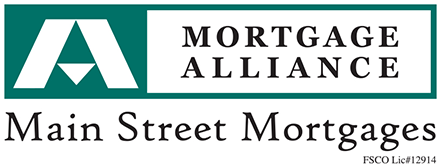Transparency is one of the cornerstones of our business. We’ve taken the time to put together a page on how reverse mortgages work in Ontario. We want each and every one of our clients to understand every aspect of these products.
First off, it’s important to know the reverse mortgage is a variation on a home equity loan. These are generally restricted to older homeowners and don’t require any monthly mortgage payments be made. The loan is repaid when the homeowner moves away or passes on.
Requirements
A CHIP Reverse Mortgage is a product that’s available here in this country. It’s been available to homeowners since 1986. There are some requirements for getting one of these products including you to need to be at least 55 years of age and married.
The amount of the loan also has a few different qualifiers. For example, where your home is located makes a difference in the amount of money you can get. Of course, your house value is another metric and your age. Both are important to know how reverse mortgages work in Ontario.
Minimum
Most of these loans have a minimum of $20,000 and a maximum of $750,000. Of course, we will be able to help you through any of the questions you have about your reverse mortgage situation. Reverse Mortgage Help is dedicated to making sure each and every one of our valuable clients gets the best product possible. We are always available to answer any and all of your questions.
Here’s a few other interesting notes about reverse mortgages. Did you know that the money you get is tax-free? Another big advantage of these products is in the fact that they don’t affect your old-age security or any other supplements that you have.
Equity
It’s important to keep in mind that you still have some equity in your house even after one of these reverse mortgages is paid for. Research tells us that almost 100% of the people who repay these loans still have on average 50% of their equity left.
Although these reverse mortgages are different in a number of ways, they are similar to traditional mortgages in some other important ones. For example, the house remains in your name and you’re still on title. These are important considerations for seniors who take on one of these products.
There are even some tax deductibility options. For example, if you use your reverse mortgage money to put into investments, you can claim the amount as a tax deduction. Understanding how reverse mortgages work in Ontario is a good starting point if you are considering one.


